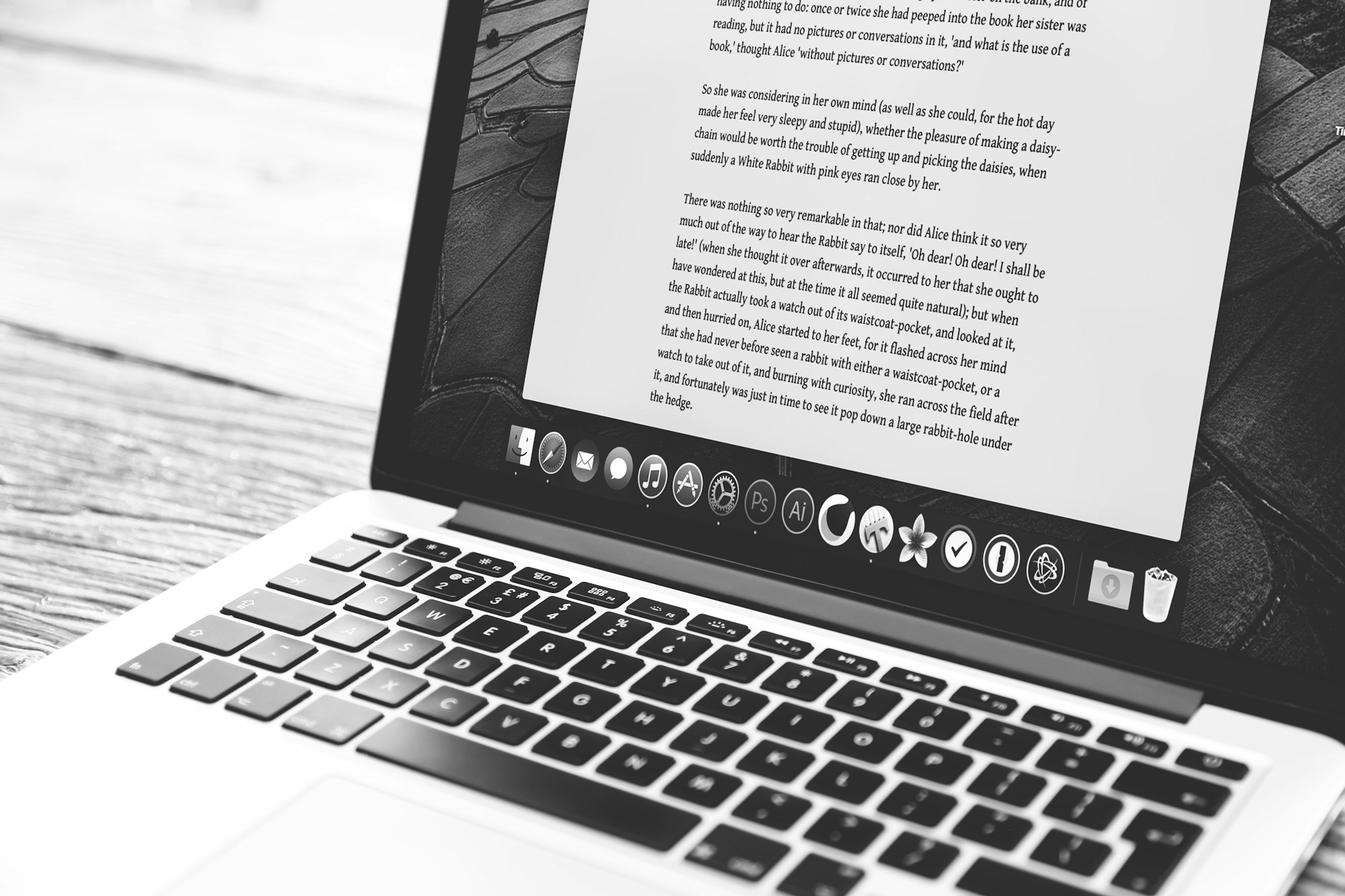As the HSC creeps closer, many Modern History students find themselves baulking at the prospect of the dreaded 20-marker essay. But not you! Because you are going to read and discover the five fool-proof tips that will guarantee you a BAND 6!!
1. Understanding the scope of the question
This one might seem too obvious to mention, but you’d be surprised how many students trip on this hurdle. It’s one thing to read a question but it’s something else entirely to understand it, and failing to grasp the full scope of the question can send you completely off-course.
Similarly to your English essays, there are three things you should be looking for when reading the essay question:
- Content phrases: what does your essay need to talk about?
- Directive phrases: how do you need to talk about it?
- Limiting phrases: what are you not supposed to talk about?
To better understand what I mean, let’s use this past HSC essay question as an example.
Looking at the question’s content phrase, we can see that it requires you to talk about 1) the Chinese Communist Party and 2) achieving political stability.
Then, turning to the directive phrase, we see that it’s asking for an evaluation of this achievement - that means you need to make a judgement of whether this political stability was/wasn’t achieved, rather than merely explaining what happened.
Finally, the limiting phrase gives you a strict cut-off: do not consider any events after 1949. Understanding what not to include in your essay is just as important as knowing what to include. If you veer into limited areas, you’re just going to waste your time writing paragraphs that won’t earn you any marks - and will most likely lose you marks for failing to read the question properly.
2. Using a flow-on structure
Once you properly understand the question, it’s time to consider the structure you’re going to use to answer it. Think of an essay as a house you’re building: the paragraphs in your essay are bricks that you need to build on each other in order to culminate in your central thesis. Your essay is a story, and your marker should be able to predict how it’s going to end.
Some examples of how to do this are:
Pro-tip: put your strongest paragraphs first. That way, if you run out of time, you won’t be losing your best analysis.
3. Using cause-and-effect analysis
When your marker is reading your paragraphs, they’re looking for analysis rather than a story. Resist the temptation to share every detail you can remember about what happened at a historical event. Instead, every fact you write should be framed as either a cause or an effect of your paragraph’s central point.
Let’s say you’re writing an essay about the factors that led to the fall of the Romanov Dynasty and your first paragraph focuses on Rasputin. Do not write…
While this paints an accurate overview of Rasputin’s role in relation to the Romanovs before his death, it dances around the paragraph’s central question: in what way was he a central factor in their downfall? Instead, you could write it more like…
In this version, the combination of the ‘cause’ - Rasputin’s intimate involvement with the Romanovs coupled with his poor reputation - flow into the ‘effect’ of growing distrust of the Romanovs’ rule in Russia, which gives us the answer of how he was a factor in their downfall.
Knowing the facts is only half the battle. The key is demonstrating that you know how to create an argument with them.
4. Meaningfully integrating sources
It’s quite common for you to be given one or more sources as stimuli to accompany your essay question. It’s not enough, however, to merely mention these sources in passing when crafting your response; a meaningful integration is key to a Band 6 mark.
To meaningfully engage with a source, you need to explain how it enhances your argument. Always write as if your marker has absolutely no idea what that source is depicting and why it’s significant. This will demonstrate that you actually understand the source and aren’t just name-dropping it as a formality.
Let’s say you’re given this source for an essay about analysing how the Nazis rose to power in Germany between 1930 and 1939:
Rather than writing: “As shown in Source A, the Nazis utilised propaganda to influence the German public to sympathise with their ideals,” a response that meaningfully integrates the source could look something like this:
Even with photo sources that you can’t quote from, the same can be achieved by analysing the photo’s contents. A good rule of thumb is that if you can remove any references of the source from your essay without impacting the quality of your analysis, you haven’t integrated it well enough.
5. Including your own sources
Following the above steps is enough to write a solid Modern History essay, but if you really want to stand out from the pack and earn a Band 6, then you should enhance your analysis by incorporating your own sources. These could include secondary analysis by respected historians or primary sources from notable figures at the time.
Including sources outside of the prescribed stimulus shows that you’re capable of thinking critically about the topic you’re writing about rather than just regurgitating what you’ve learned in class. Just make sure that the sources you’re quoting are relevant to the question. While it does mean memorising a few extra quotes, the end result is worth it.
So there we have it! If you follow these five steps, Modern History essays are going to be a breeze.

FAQs
Where do I find historical sources for Modern History?
The easiest way to find quotes is to simply google ‘[historical event/figure] historian perspectives’ or ‘quotes There are plenty of archives dedicated to collecting these. Even if this doesn’t yield direct quotes, many websites such as online encyclopaedias will provide citations that will take you to more direct sources.
If this doesn’t work, or you’re feeling particularly ambitious, searching the same query in Google Scholar will provide you with journal articles written by academics.
Do I really have to memorise ALL these dates for my Modern History Essay?
Yes and no. While it’s important to try and reference key dates in your writing to demonstrate your understanding of historical facts, it’s not the end of the world if you can’t remember a date down to the day or if you’re off by a year or two. The marker is more interested in your overall understanding than semantics. As long as you’re not claiming that WW2 happened in the 1920s or something equally egregious, you should be fine.
What’s the best way to study for Modern History?
Everybody studies differently, but there are some tried-and-true methods. For the nitty-gritty details such as dates, statistics, and names of significant historical figures and events, it can help to:
- Use flashcards
- Write out a timeline
- Quiz yourself/have somebody else quiz you
Whereas for the substantial content such as your cause-and-effect analysis, try:
- Teaching the concepts to somebody else - this will highlight gaps in your own knowledge
- Writing timed practice essays - as well as sharpening your analysis, this will help practise structure, time management, and question interpretation
Of course, another surefire way to improve your Modern History results is to get yourself a tutor!
Want more personalized study guidance to help drastically improve your marks? A private tutor can make the biggest difference!

Written by KIS Academics tutor for HSIE and English, Adam Hughes. Adam is currently pursuing a Bachelor of Arts/Law at UNSW and is always happy to take on new students. You can view Adam’s profile here and request him as a tutor.







